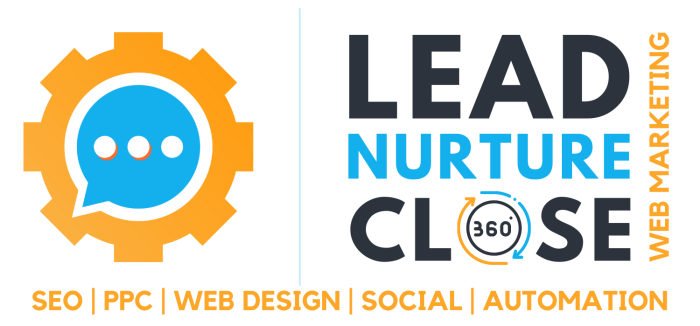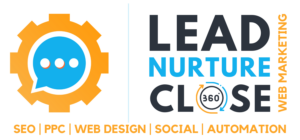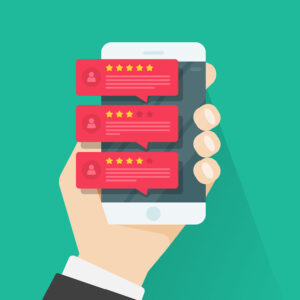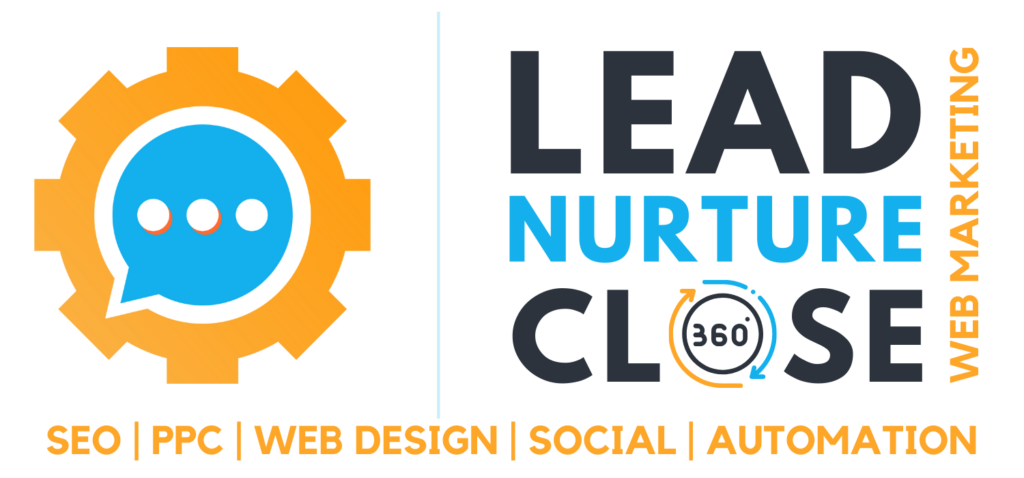You will almost always find “get to know your customers” at the top of most lists of marketing tips. Undoubtedly, buying your products will help you target marketing more effectively and develop more products that your customers will love.
However, how do you go about learning more about your customers? In many instances, customers are merely names on a sales report. How can you find out what drives these people to buy your products and learn more about their interests? Here are ten tips to help you build a profile of your typical customer.
1. Assume Nothing
The first thing you must do is discard all the preconceptions you have about your typical customer. Your assumptions about your target market may be incorrect or out of date. The reason why people buy your products may be something entirely different from what you believe. What you need is up-to-date, real-life data that will help you build an accurate profile of your customers. And don’t be surprised if you find that several groups of people with different interests buy your products. If that is the case, you could target future marketing campaigns at these different market segments.
2. Conduct Customer Surveys
Of course, the simplest way to find out more about someone is to ask them some questions, and surveys are the best way to get feedback from your customers. There are various software tools available that will help you conduct surveys, including GetFeedBack, SurveyMonkey, and Zoho Survey. Many of these tools will help you build online questionnaires and analyze the results. Keep the questions simple, though, and don’t get too personal. You will also get more responses to a survey if you offer an incentive, such as a prize draw or a discount voucher.
3. Analyze Customer Reviews
Allowing customers to post reviews about your product or service provides social validation that can boost sales. Customer reviews can also be a source of valuable marketing data. Read what your customers say about your products and try to get into the mind of the reviewer. Some of the comments that you previously skimmed over could be incredibly revealing. Statements like “I bought this for my 89-year-old grandmother,” for example, may reveal a target market that you had not previously considered. You might also find that people are using your products in ways that you had not envisaged.
4. Keyword Research
You might have only used keyword research tools to choose keywords for your content. But the search terms people use to find your website can also reveal more about what your customers need. The Google Keyword Planner is an excellent place to start. Type in a keyword for your product, and the tool will list related search terms. Other keyword research tools include SEMrush, Ubersuggest, and Ahrefs. Analyzing keywords, especially long-tail keywords, will help you understand how your customers find what they need.
5. Investigate Your Competitors
You may find out more about your customers by looking at what your competitors are doing. The businesses you compete with will be attempting to appeal to your target market, and they may be one step ahead of you. So, look at the type of content your competitors use and research the keywords they are targeting. Find out what kind of social media posts create the most interaction for your competitors and look at the comments that people are leaving against those posts. If competing companies display their bestsellers on their websites, that will help you understand what their customers are buying.
6. Hold Events
Holding events is another excellent way of getting to know your customers. In some industries, customer days would be an appropriate way to meet your target audience. In other sectors, webinars might be more appropriate. And, of course, in times of pandemic, online meetings will be preferable. Events provide an opportunity to meet both prospects and existing customers. The feedback you get, plus the questions that people ask, will help you understand your customer’s needs and concerns. The best way to get people to attend an event is to offer something valuable in return, such as an exclusive tutorial. Or you could provide a special price for early adopters at a product launch.
7. Website Analytics
Google Analytics can provide you with useful information about your customers. The tool will reveal the basic visitor demographics, including gender, age, and geographical location. Delve a bit deeper into Analytics, and you will find information on people’s interests. Google Analytics will also show you how people interact with your site and which of your pages are the most popular.
8. Discover What Your Customers Are Talking About
It will help you understand your customers if you know what concerns them. What are people saying about your brand, for example? What is trending in your sector? Of course, manually tracking online conversations across multiple platforms would be next to impossible. It would be best to use social media monitoring tools, like Hootsuite, Sprout Social, or Buzzlogix, to monitor brand and keyword mentions. You can also see what is being posted on the web with Google Alerts. Monitoring relevant keywords and hashtags will keep you in touch with customers and alert you to what your competitors are doing.
9. Engage with Customers
Go to the places where your customers hang out and join in with the conversation. Look for social media groups where your customers might be found and join online forums relevant to your niche. Be the first to answer questions from your target audience and respond to any mention of your brand. Striking up a conversation with your target audience will help gain people’s trust. When people begin to trust you, they will be more likely to share information with you.
10. Build Customer Profiles
The objective of all the above is to build up a picture of your customers. As mentioned above, you will probably find that you can segment your market and have several different profiles of a typical customer. Go beyond the basics of gender, age, and location, though. You need to know what your target audience is concerned about and why they might, or might not, buy your product. It will take time and effort to identify precisely who your customers are. However, when you get to know your customers, you will be better placed to sell them what they want.
To sum up, it’s going to take a lot of work to get to know your customers well. Once you have conducted surveys, analyzed the metrics, and joined the conversation, all that data will need collating as well. And don’t forget that your typical customer may change over time. Your customer profiles, though, will provide you with a precious resource. A resource that will help you target every marketing campaign, every new product launch, and every piece of online content you produce.

















